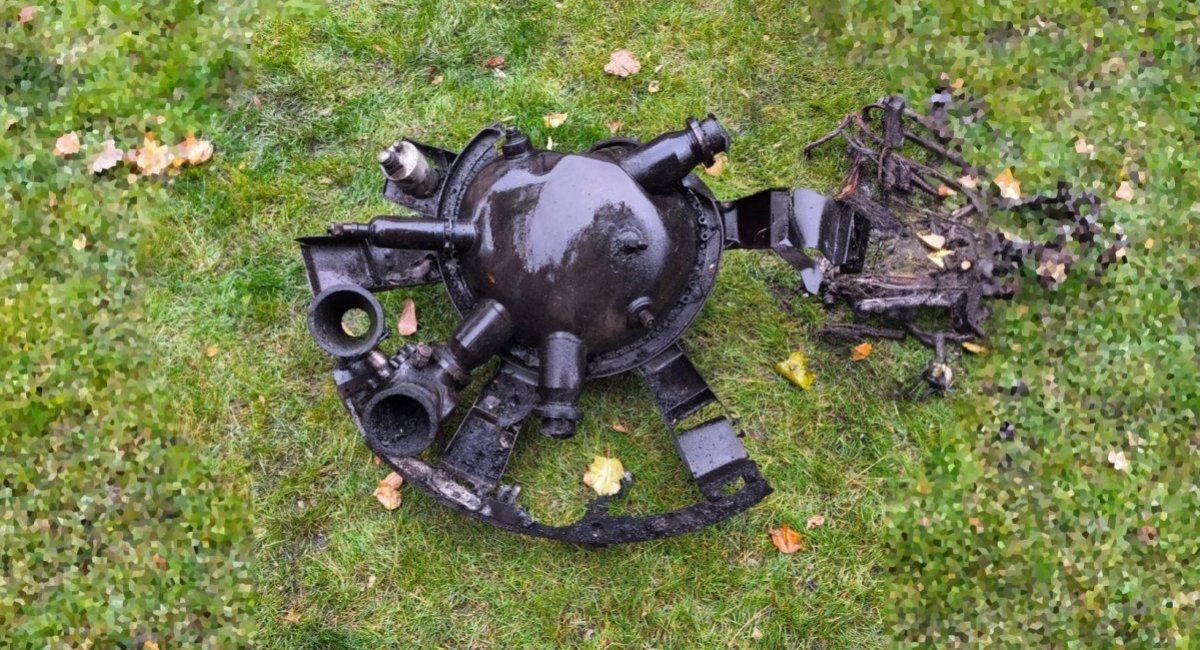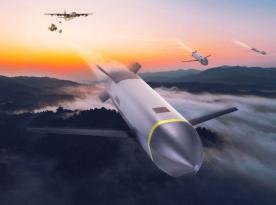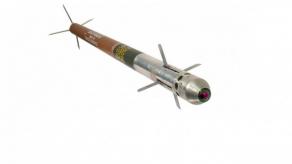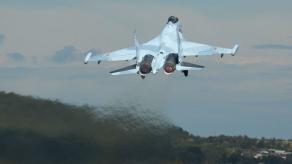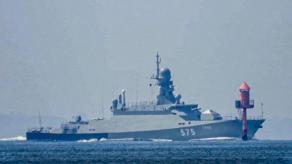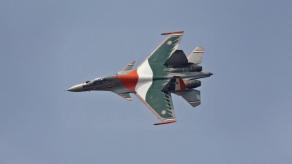Studying the fragments of russian Oreshnik mid-range ballistic missile used to strike the Ukrainian city of Dnipro on November 21, the researchers discovered that Putin's presentation of this missile as some kind of brand-new development couldn't be farther from the truth.
One of the parts found among Oreshnik's wreckage had a serial number and production date markings: April 12, 2017. The fact that inside this missile was a 7-year-old component indicates that this particular Oreshnik missile was assembled around 2017–2018. Since then, the missile itself was likely lying somewhere in storage. Defense Express received photo evidence from its own sources.
Read more: US Anticipates Potential Use of Oreshnik Missile by russia Against Ukraine – Reuters
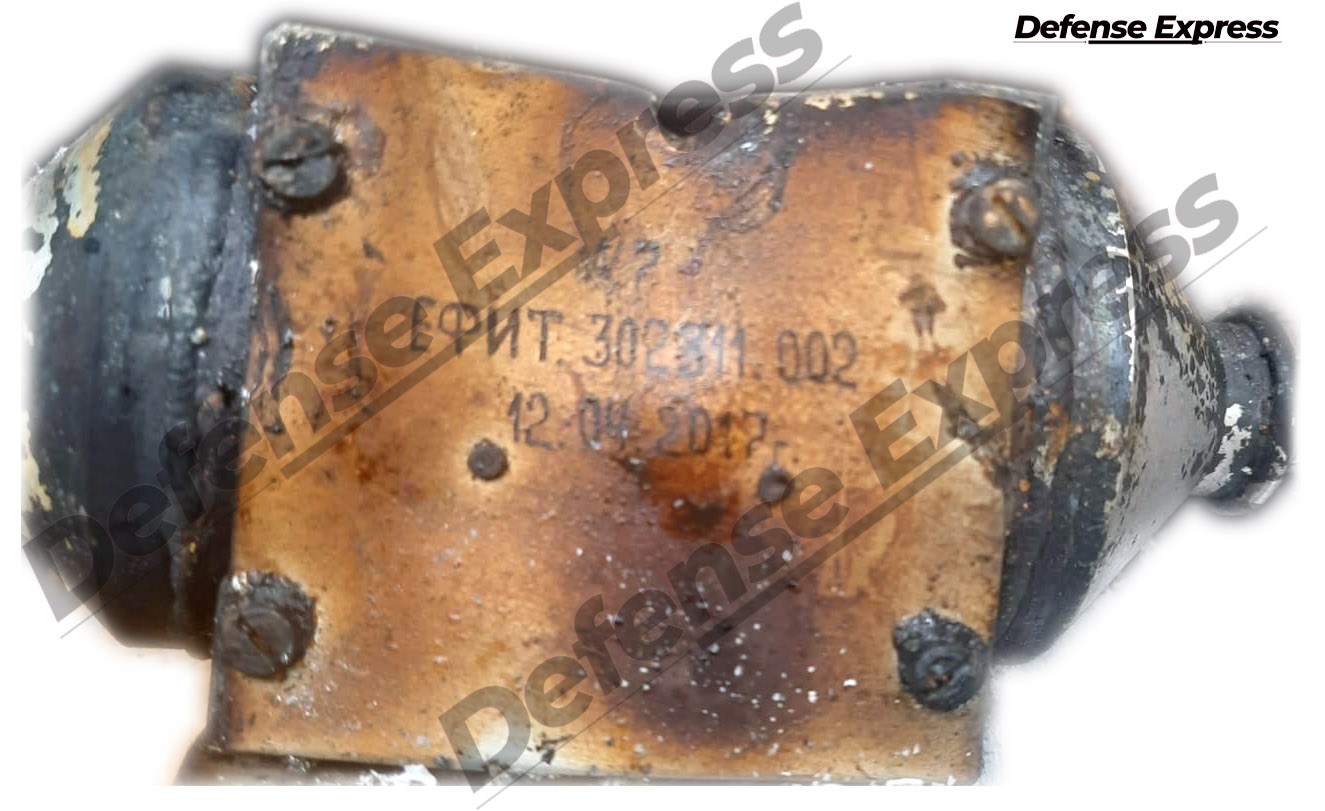
Noteworthy, the year 2017 aligns with the plans to start serial production of the RS-26 Rubezh ballistic missile which is considered the real name of the Oreshnik. However, in March 2018, Moscow reportedly decided to cancel the supply of the RS-26 into the armed forces.
This finding also means that the development of the Oreshnik began much earlier, since 2017 is the year of production of a specific part. But the design drawings of this missile apparently appeared in the early 2010s, if not earlier.
Attention should also be paid to the part's index, the EFIT 302811.002. The "EFIT" label is associated with the russian missile and space development enterprise NPTsAP (full name: Scientific Production Center of Automatics and Instrument Building Named After Academician N.A. Pilyugin), which is part of Roscosmos state space industry corporation.
NPTsAP works with control systems for launch vehicles Zenit, Proton-M, as well as Fregat upper stages. In particular, for the Zenith rocket, the integrated system has the index EFIT 377513.008, and for the Fregat upper stage it is called EFIT.378111.003, accordingly.
NPTsAP is also known to have developed a control system for the Topol-M military intercontinental missile. We also found a mention of the upper stage control system labeled EFIT.373868.064 intended for the russian Ministry of Defense — it appears in the decision of the Moscow Court of Arbitration No. A41-96126/22 dated July 21, 2023. The equipment was supposed to go into the space-cruising nose part of a product with the index 14P422 (the name could not be found).
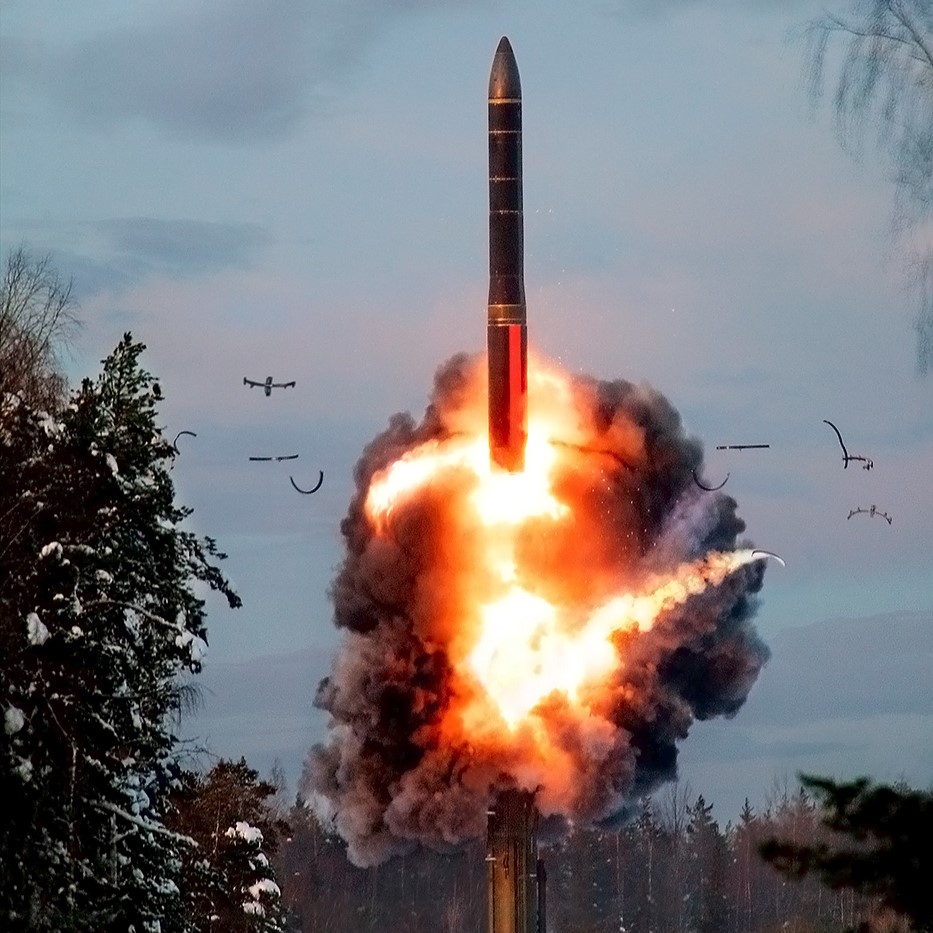
The evidence points to the possibility that NPTsAP is involved in the production of Oreshnik: either by supplying the control equipment, making the entire missile, the MIRV bus, or the last stage of this missile. In fact, these parallels are all but expected because earlier experts assumed that in creating of its Oreshnki missile, russian simply assembled multiple ready-made components, and the result is essentially a recombined rocket stages from the intercontinental missile Yars — which is, in turn, a modernization of Soviet Union's Topol missile.
Ultimately, the fact that in 2017 the russian federation already had the control system for a "new" mid-range ballistic missile in metal proves once again that the Kremlin was violating the Intermediate-Range Nuclear Forces Treaty with the United States, on top of the other projects like the Iskander missiles.
The analysis of the fragments still continues, so other interesting research results are anticipated to surface quite soon.
Read more: Is It Possible For russia To Drop Kinetic Warheads on Ukraine From Space



